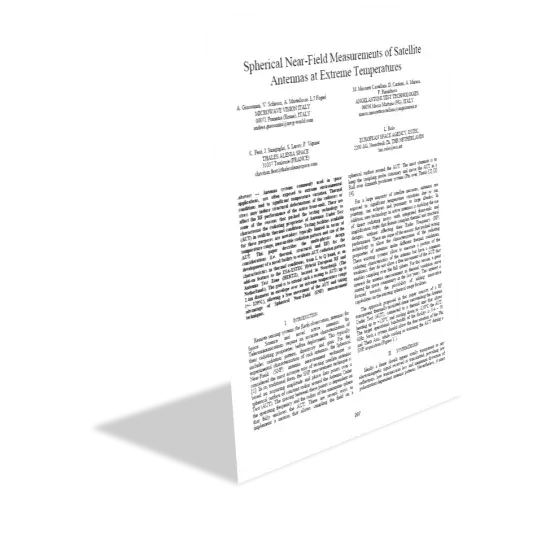
Antenna systems commonly used in space applications, are often exposed to extreme environmental conditions and to significant temperature variation.
Thermal stress may induce structural deformations of the radiators or affect the RF performance of the active front-ends. These are some of the reasons that pushed the testing technology to characterize the radiating proprieties of Antennas Under Test (AUT) in realistic thermal conditions. Testing facilities available for these purposes are nowadays typically limited in terms of temperature range, measurable radiation pattern and size of the AUT. This paper describes the multi-physics design considerations (i.e. thermal, structural and RF) for the development of a novel facility to evaluate AUT radiation pattern characteristics in thermal conditions, from L to Q band, as an add-on feature to the ESA-ESTEC Hybrid European RF and Antenna Test Zone (HERTZ), located in Noordwijk (The Netherlands).

